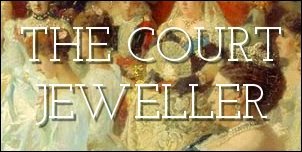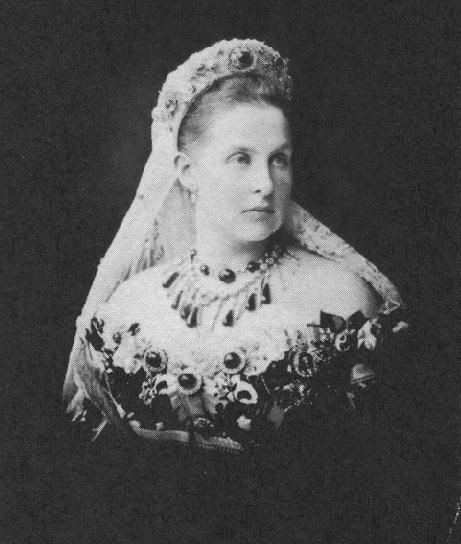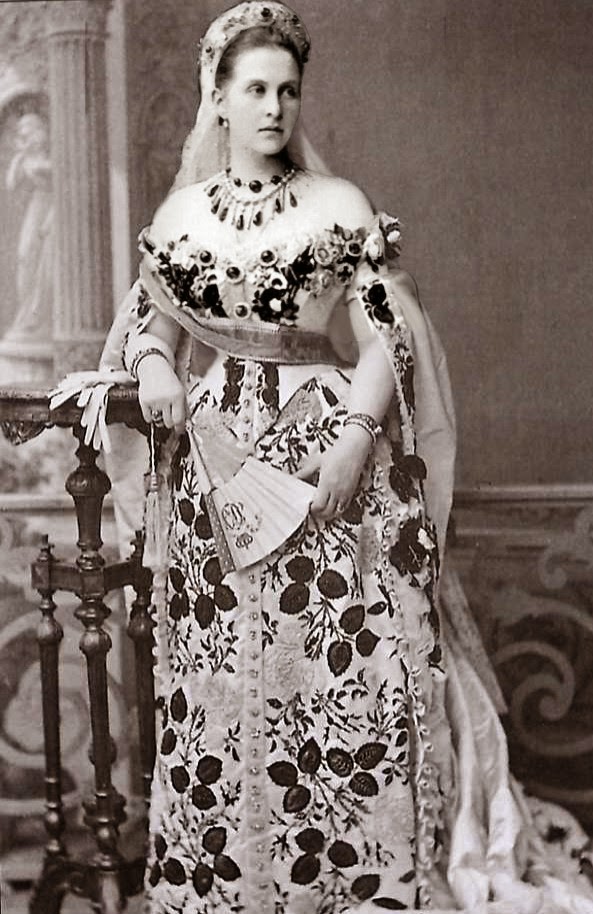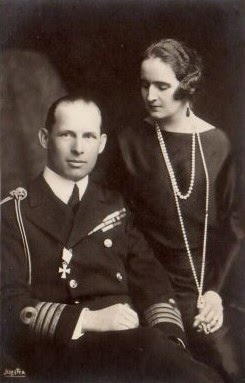
Fabulous Fakes for April Fool’s Day

Sparkling Royal Jewels From Around the World

The paper, which was found in a bottle, was dated to the 4th of September, 1870, the memorable day on which the Third Republic was established, and Empress Eugenie fled from Paris. It purports to give a list of jewels brought to the Empress by Senor Manuel Perez of Madrid, to be handed over to her in Paris.
The Empress is referred to throughout by her maiden name of the Countess de Montijo [1].
The total value of the jewels and other articles enumerated is given as $1,350,000, and among the separate items mentioned are two pearl bracelets, given to the Empress by Queen Victoria and worth $130,000; a pearl and diamond necklace, presented by the Czar of Russia, and worth $100,000; and Bank of France bills for $400,000.
Careful search around the spot where the bottle was found revealed the presence of human bones, and the discovery, if genuine, has all the elements of a romantic mystery.
The identity of Manuel Perez, who is described as bringing the valuables from Madrid, has not yet been cleared up [2].
On this day in 1863, the Greek parliament elected a seventeen-year-old Danish prince, Wilhelm Georg, to serve as their nation’s king. King George I of the Hellenes was the first king of a tumultuous and sometimes tragic dynasty in Greece. Today, we’re looking at some of the grandest jewels worn by his wife, Queen Olga: her emeralds.
The queen was born Grand Duchess Olga Constantinovna of Russia. She was the daughter of Grand Duke Constantine Nikolaevich, which means that she was the granddaughter of Czar Nicholas I. Olga was only twelve when she met her future husband for the first time, and she had just turned sixteen when they married. As you’d expect, a Romanov grand duchess marrying a foreign king brought a significant trousseau with her. Among the items that Olga took with her to Greece were a cache of cabochon emeralds, some round, some shaped like drops. The stones were nestled among her other possessions — including, heartbreakingly, her dolls — when she arrived in her new homeland.
 |
| Queen Olga wears the emeralds [source] |
Queen Olga wore her emeralds in various configurations. She attached some of the round cabochon stones to a traditional Russian kokoshnik headdress; she also wore the round emeralds in a choker necklace. The drop-shaped stones were worn as earrings and as pendants on a necklace. She pinned additional round emeralds to her dresses as brooches.
 |
| Queen Olga wears the emeralds [source] |
After Olga’s death, the emeralds were designated to be left to her eldest son, King Constantine II. It’s clear that she wanted these particular gems to be a part of the collection of the country’s queen going forward, and leaving them to her eldest child was designed to accomplish this. But he died a few years before his mother, so the gemstones were inherited instead by his son, King George II.
 |
| King George II and Queen Elisabeth [source] |
It was George’s wife, Queen Elisabeth, who first ordered Olga’s round cabochon emeralds to be set in a tiara. The first version was a bandeau, worn low across her forehead; the second version was the kokoshnik-style tiara that we’re used to seeing today. And, in one of my favorite tiara touches, Elisabeth had the jewelers use diamonds to create letter E motifs — for her initial (and mine, of course, haha!) — between the emeralds. Elisabeth was born a Romanian princess (and her marriage/queenship didn’t go super well, but that’s another story for another day); her sister, Maria, had a similiar kokoshnik tiara made with Romanov cabochon emeralds and her own initial, M, woven into the design.
As is the case with most kokoshnik-style tiaras, Elisabeth’s tiara is large, resembling a halo encircling the wearer’s head. In an interesting touch, though, this kokoshnik tiara can also be taken off its frame and worn as a rather large necklace. Elisabeth’s tiara also had a border of diamonds across the top, but when her sister-in-law, Friederike, became queen in 1947, she had those diamonds removed.
The rest of Olga’s emeralds were set in additional pieces of jewelry, forming a parure. Two of the drops are set in a pair of earrings. Some of the round cabochons are set in a large brooch, which can also take several of the pendant drops. But these drops can also be removed and worn in various other configurations, suspended from various diamond necklaces, for example.
The last Greek queen, Anne-Marie, has kept the emerald parure largely the same since receiving it from her mother-in-law as a wedding gift in 1964. Even after leaving Greece, Queen Anne-Marie has continued to wear the emerald set frequently at royal events. It would make sense that this tiara holds a special place in Anne-Marie’s heart: it was the first Greek tiara that she wore in public (at her pre-wedding ball, when she was only eighteen).